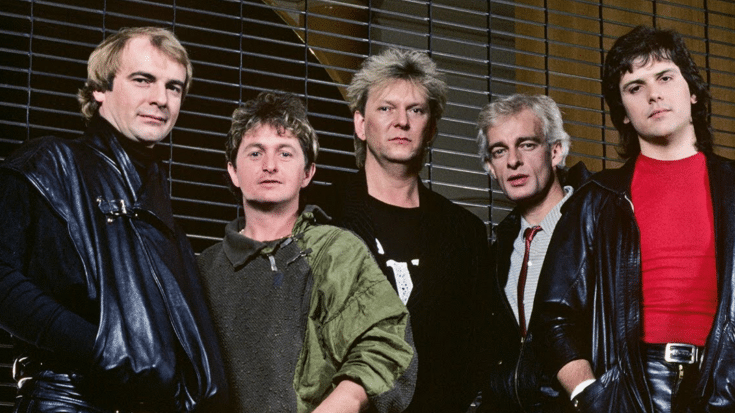7 Bands That Changed Their Sound in the 1980s, Upsetting Loyal Fans

via Benilto Silva / YouTube
In the 1980s, several bands altered their musical styles, leading to mixed reactions from their dedicated followers. While some embraced these changes, others felt alienated. Here are seven bands that shifted their sound during this decade, causing discontent among loyal fans.
1. Rush
Rush, known for their progressive rock sound, began incorporating synthesizers and electronic elements in the 1980s. Albums like “Signals” showcased this shift. This move towards a more radio-friendly style disappointed some longtime fans who preferred their earlier, guitar-driven music. The band’s evolution aimed to explore new musical landscapes, but it risked alienating their core audience.
2. Genesis
Genesis transitioned from progressive rock to a more pop-oriented sound in the 1980s. With Phil Collins as lead vocalist, albums like “Invisible Touch” featured catchy melodies and accessible lyrics. This change broadened their appeal but frustrated fans who cherished their complex earlier work. The band’s shift reflected a desire to reach a wider audience, though it came at the cost of some original supporters.
3. Yes
Yes, celebrated for their intricate compositions, embraced a more streamlined, pop-rock approach in the 1980s. The album “90125” included the hit “Owner of a Lonely Heart,” which showcased this new direction. While the song achieved commercial success, it left some fans longing for the band’s earlier, more elaborate style. The change represented a significant departure from their roots, aiming for mainstream appeal.
4. Chicago
Chicago, originally known for their jazz-rock fusion, moved towards a softer, ballad-driven sound in the 1980s. Songs like “Hard to Say I’m Sorry” exemplified this shift. This new direction attracted a broader audience but disappointed fans who preferred their earlier, more adventurous music. The band’s transformation highlighted a strategic move to stay relevant in a changing musical landscape.
5. Heart
Heart, famous for their hard rock sound, adopted a more polished, pop-oriented style in the 1980s. Hits like “These Dreams” showcased synthesizers and a softer approach. This change brought commercial success but alienated some fans who missed their raw, rock energy. The band’s evolution reflected an adaptation to the era’s musical trends, balancing artistic expression with market demands.
6. Fleetwood Mac
Fleetwood Mac, known for their blues-rock origins, shifted towards a more synthesized, pop sound in the 1980s. The album “Tango in the Night” featured this new style. While it produced successful singles, some fans felt disconnected from the band’s original essence. The change illustrated the group’s willingness to experiment, though it risked distancing longtime supporters.
7. Van Halen
Van Halen introduced keyboards and a more polished production in the 1980s, notably on the album “1984.” The hit song “Jump” exemplified this shift. This move expanded their fan base but upset purists who preferred their earlier, guitar-centric sound. The band’s adaptation showcased a desire to innovate, even if it meant challenging the expectations of their initial audience.












